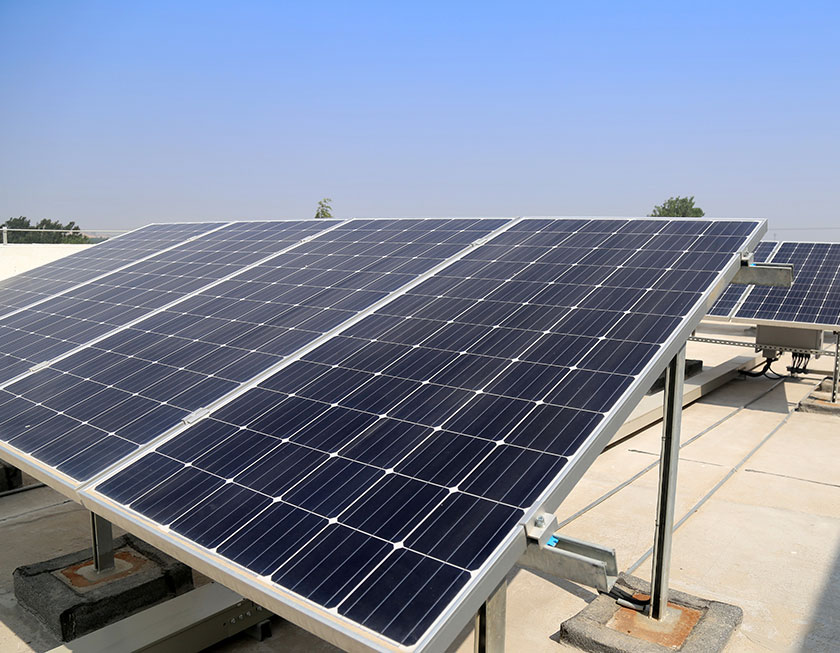4.2 Single Crystalline & Polycrystalline Silicon

Single Crystalline & Polycrystalline Silicon: Two key materials being used in commercial solar PV industry
Nobody will have a comfortable life in an oven-like world.
Nobody is willing to live in a sandy desert.
Nobody would like to die in a heat wave.
Nobody would be healthy in a severely contaminated world.
As we discussed in our very first articles, anthropogenic climate change which fueled by the extensive use of fossil fuels is creating an environmental catastrophe which is now turning to be life-threatening to our mother Earth.
We are now in the vicinity of a horrendous tragedy.
We just started reaching it at a snail’s pace with the industrial revolution. Blindly, we are now making an all-out effort to reach it in the name of development. Intensified cyclones, sea level rise, desertification, frequent floods, droughts, and many other extreme weather conditions signpost a devastating disaster. All these terrible disaster-carriers are asking us to take appropriate actions.
If we really want to decelerate the deadly change in the climate system and alleviate its evil effects, we must shift to potential alternative energy technologies ASAP.
We must protect our planet as there is no planet B…
Solar energy is the best thirst-quencher to slake our excessive thirst for energy.
Currently, there is no plan B to meet our increasing greedy for energy although there would be in the future…
Naturally, no green technology would be attracted by the general public unless it is affordable, efficient, stable, durable, and environmentally friendly. Therefore, unattractive green technology would not have a far-reaching impact on the environment or economy.
Crystalline silicon solar PV is such amazing technology that carries all these salient characteristics and therefore, it has become the fastest-growing technology used to harvest energy from the tireless Sun’s radiation. They are increasingly affordable and soundly efficient at converting sunlight into electricity and, what’s more, they reach us with a limited performance warranty of about 25 years plus with a limited product warranty of about 10 years.
So,
Being a proven and potential technology, crystalline silicon solar PV is our plan A to replace fossil fuels and solve the maturing energy crisis/ climate change. There is currently no plan B…
And nobody knows if there will be…
So…
It is time to discuss the crystalline silicon PV technology in details. First, we will briefly discuss two most prominent crystalline silicon solar PV technologies. Then we will discuss the pros and cons of both technologies and finally, we will move on to discuss how to decide the best technology that fits one’s specific requirements.
Single Crystalline % Polycrystalline Silicon Solar Cells
Appearance:
The big brother in the solar PV industry, single crystalline silicon solar cells can easily be distinguished from polycrystalline silicon solar cells. They are moderately circular-shaped whereas polycrystalline silicon solar cells are rectangular-shaped. Also, they can easily be distinguished by the color. Single crystalline silicon solar cells appear black in color due to the way sunlight interacts with the single crystalline silicon layer. Polycrystalline silicon solar cells, on the other hand, are blue in color. This is largely due to the effect of anti-reflecting coating which used to improve the light absorption and light-to-electricity conversion efficiency.
Key raw material used:
Crystalline silicon is the key raw material in both technologies. However, as their names imply, single crystalline and polycrystalline silicon solar cells are made of single crystalline silicon (s-Si) and polycrystalline silicon (pc-Si), respectively.
Ctd
